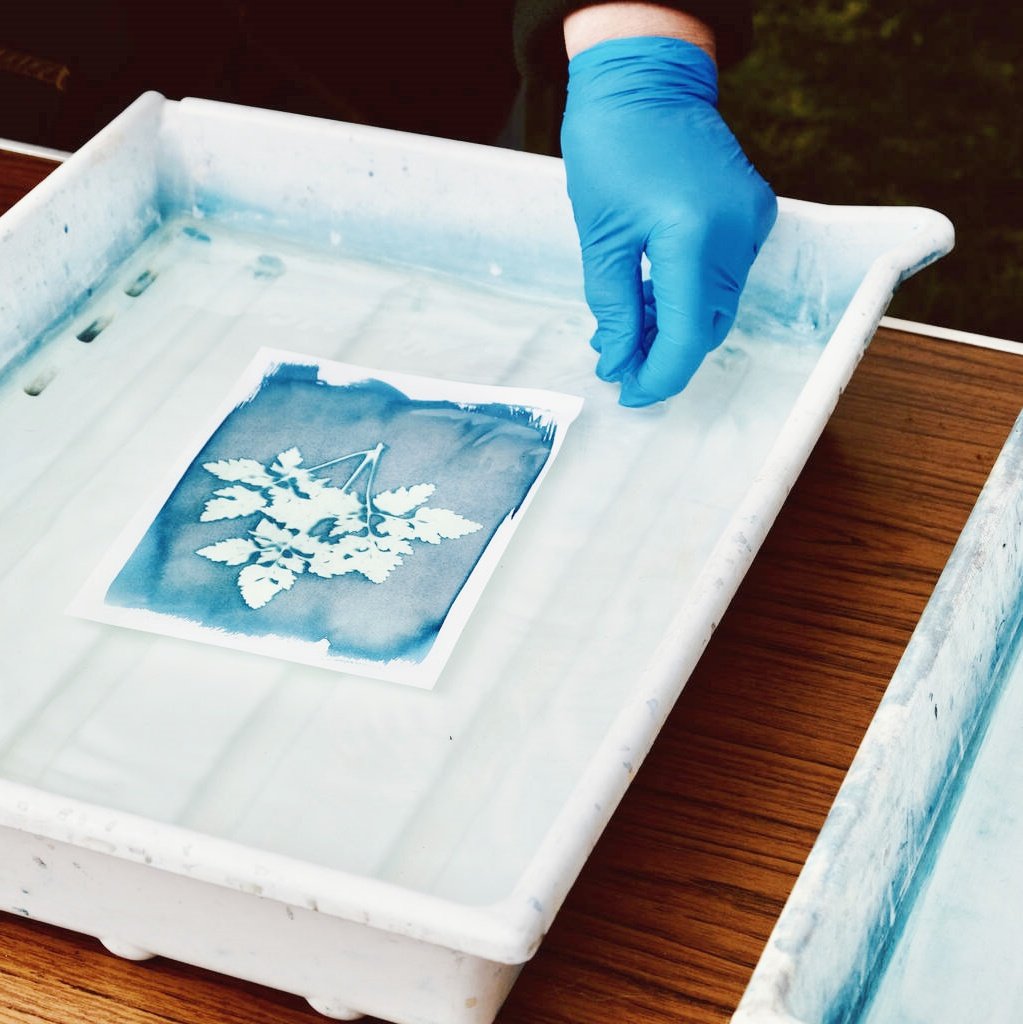In today’s printing industry, plastisol inks are widely used due to their excellent adhesion and vibrant colors. However, with the continuous advancement of technology, the emergence of specialty plastisol inks has brought new vitality and possibilities to the market.
I. Definition and Classification of Specialty Plastisol Inks
Specialty Plastisol Inks are inks made on the basis of traditional plastisol inks by adding special additives or using special processes. They possess specific properties not found in traditional plastisol inks, such as higher chemical resistance, better elasticity, and a wider color gamut.
The Specialty Plastisol Inks List includes but is not limited to:
- High-Elasticity Plastisol Inks: Suitable for printed materials requiring high stretch performance, such as athletic wear and swimwear.
- Chemical-Resistant Plastisol Inks: Able to resist the erosion of acids, bases, oils, and other chemicals, suitable for industrial labeling and packaging printing.
- Metallic Gloss Plastisol Inks: With a metallic appearance, often used in high-end packaging and decorative printing.
- Fluorescent/Glow-in-the-Dark Plastisol Inks: Emit fluorescence or glow-in-the-dark effects under specific lighting, suitable for night visibility labeling and entertainment products.
For a more intuitive understanding of these inks, you can refer to the Specialty Plastisol Inks PDF, which details the performance parameters and application fields of various inks.
II. Performance Comparison Between Specialty Plastisol Inks and Traditional Plastisol Inks
Specialty Plastisol Inks excel in multiple aspects compared to traditional plastisol inks.
- Weather Resistance Specialty Plastisol Inks are designed with special formulas to resist UV radiation, fading, and aging. In contrast, traditional plastisol inks may fade over time when used outdoors.
- Chemical Resistance As mentioned earlier, specialty plastisol inks excel in chemical resistance and can withstand various harsh environments. Traditional plastisol inks may dissolve or discolor when exposed to certain chemicals.
- Elasticity High-elasticity specialty plastisol inks are resistant to cracking during stretching and recovery, maintaining the integrity of the printed pattern. Traditional plastisol inks may cause pattern cracking on substrates with poor elasticity.
- Color Gamut Specialty plastisol inks can achieve a wider and more vibrant color range by adding special pigments and dyes. Although traditional plastisol inks can also provide a rich color selection, they may not achieve the desired effect in certain specific color gamuts.
III. Application Fields of Specialty Plastisol Inks
Specialty Plastisol Inks are widely used in multiple fields due to their unique properties.
- Textile Printing High-elasticity specialty plastisol inks are ideal for textile printing, especially on clothing that requires frequent stretching and recovery.
- Industrial Labeling Chemical-resistant specialty plastisol inks can maintain clear and visible labeling in harsh environments, such as on chemical equipment and machinery.
- Packaging Printing Metallic gloss and fluorescent/glow-in-the-dark specialty plastisol inks can enhance the visual appeal of packaging products and increase their market competitiveness.
- Advertising and Promotion Specialty plastisol inks also excel in outdoor billboards, vehicle advertising, and other occasions requiring long-term color vibrancy and clarity.
IV. Market Prospects and Challenges of Specialty Plastisol Inks
As consumers’ requirements for product quality and appearance continue to increase, the market demand for specialty plastisol inks is growing steadily. However, their high research and development costs and production costs also pose certain challenges to market promotion.
Furthermore, different application fields have varying performance requirements for specialty plastisol inks, necessitating customized development. This requires ink manufacturers to possess strong technical strength and innovation capabilities to meet the diverse needs of the market.
For a more intuitive understanding of the performance and applications of specialty plastisol inks, you can refer to the Specialty Plastisol Inks Chart, which details the performance indicators and application ranges of various inks.
V. Environmental Protection and Sustainable Development of Specialty Plastisol Inks
In today’s increasingly environmentally conscious world, the environmental performance of specialty plastisol inks has also become a focus of market attention. Many ink manufacturers are adopting eco-friendly materials and processes to reduce environmental pollution.
At the same time, recycling waste inks and printed materials can further reduce the environmental impact of specialty plastisol inks, achieving sustainable development.
Conclusion
In summary, there are significant differences between specialty plastisol inks and traditional plastisol inks in terms of performance, application fields, and market prospects. Specialty Plastisol Inks, with their unique performance advantages, have been widely used in multiple fields and demonstrate great market potential.
However, their high costs and customized needs pose certain challenges to market promotion. In the future, with the continuous advancement of technology and increasing environmental requirements, specialty plastisol inks will develop in the direction of higher efficiency, better environmental performance, and more customization.


